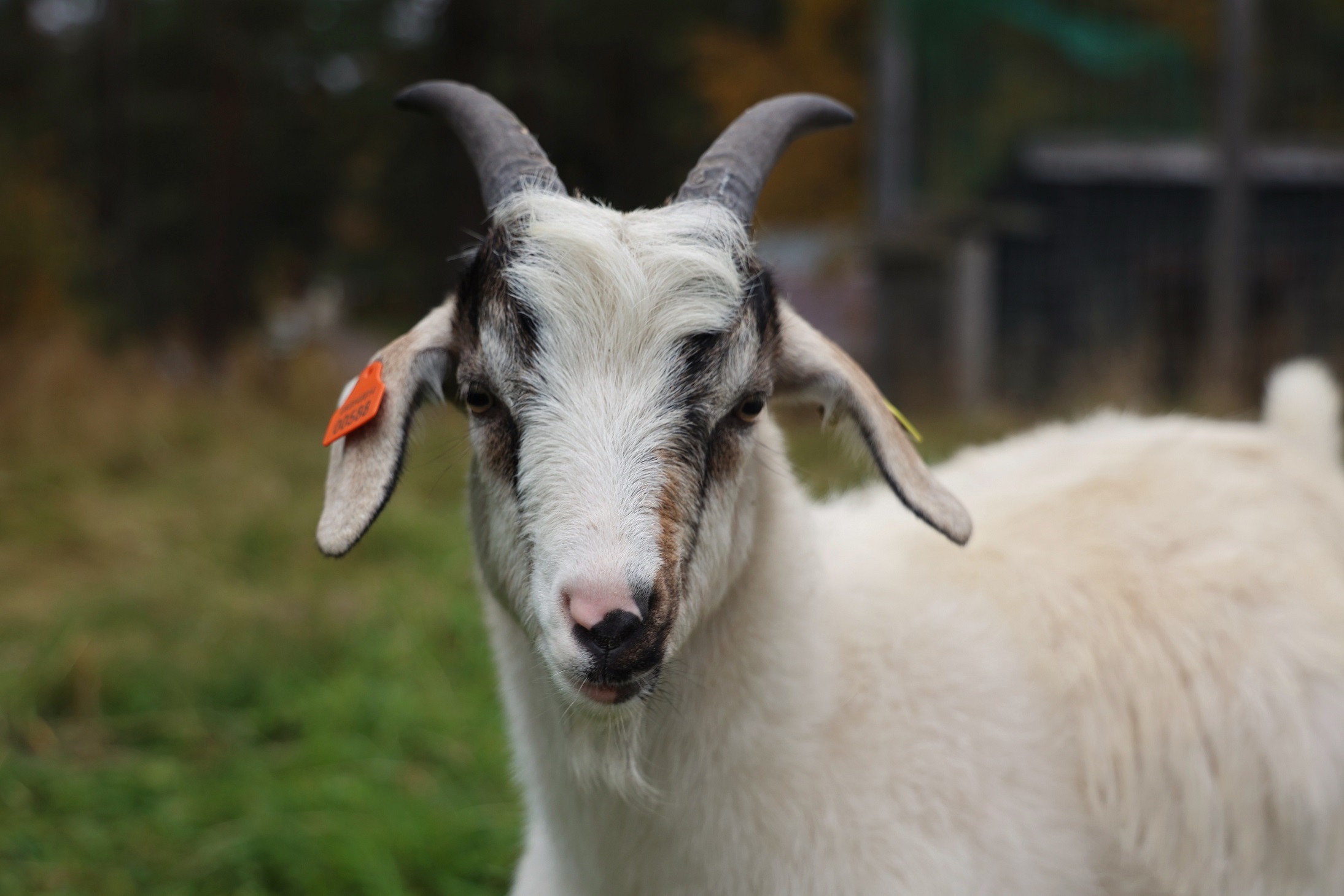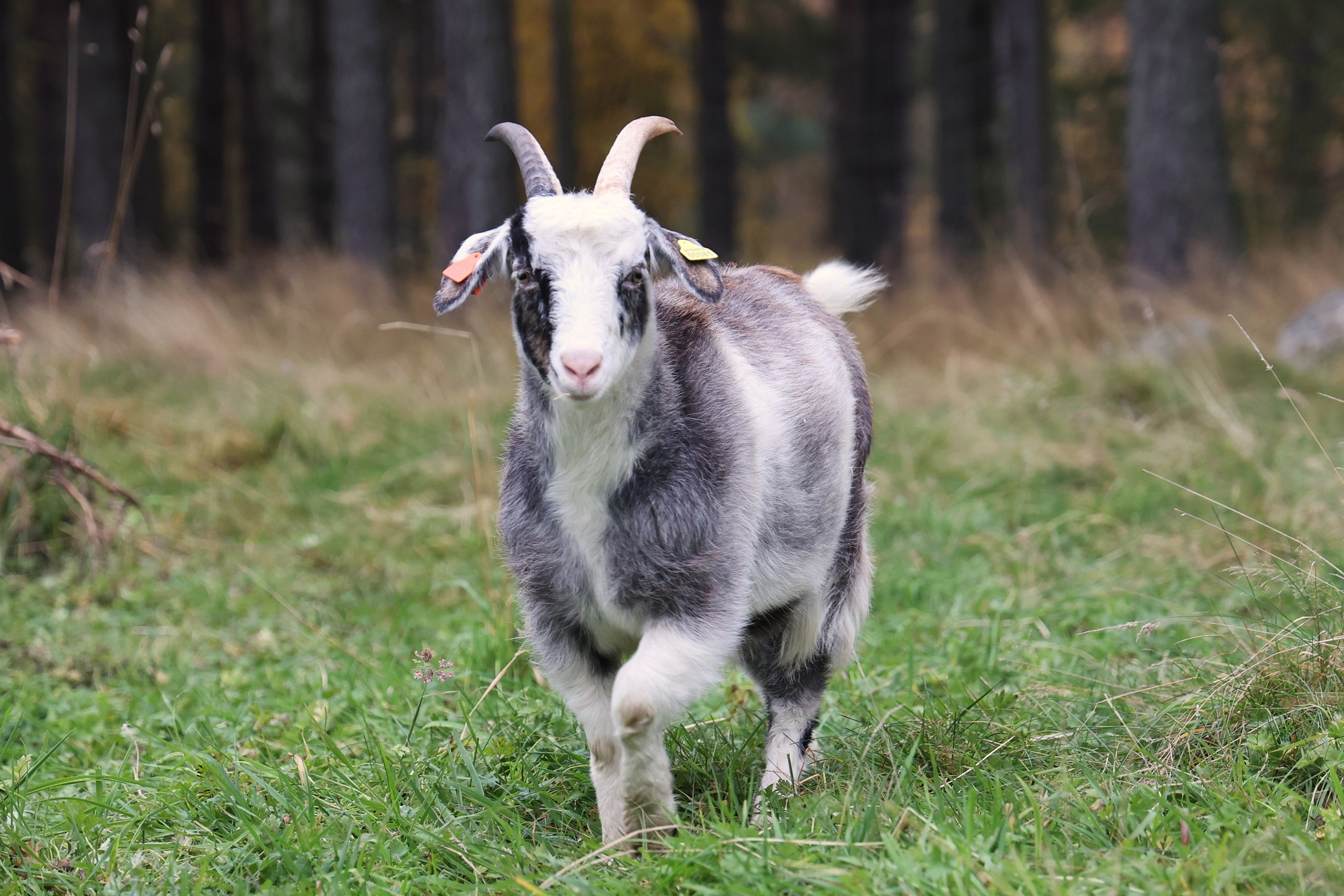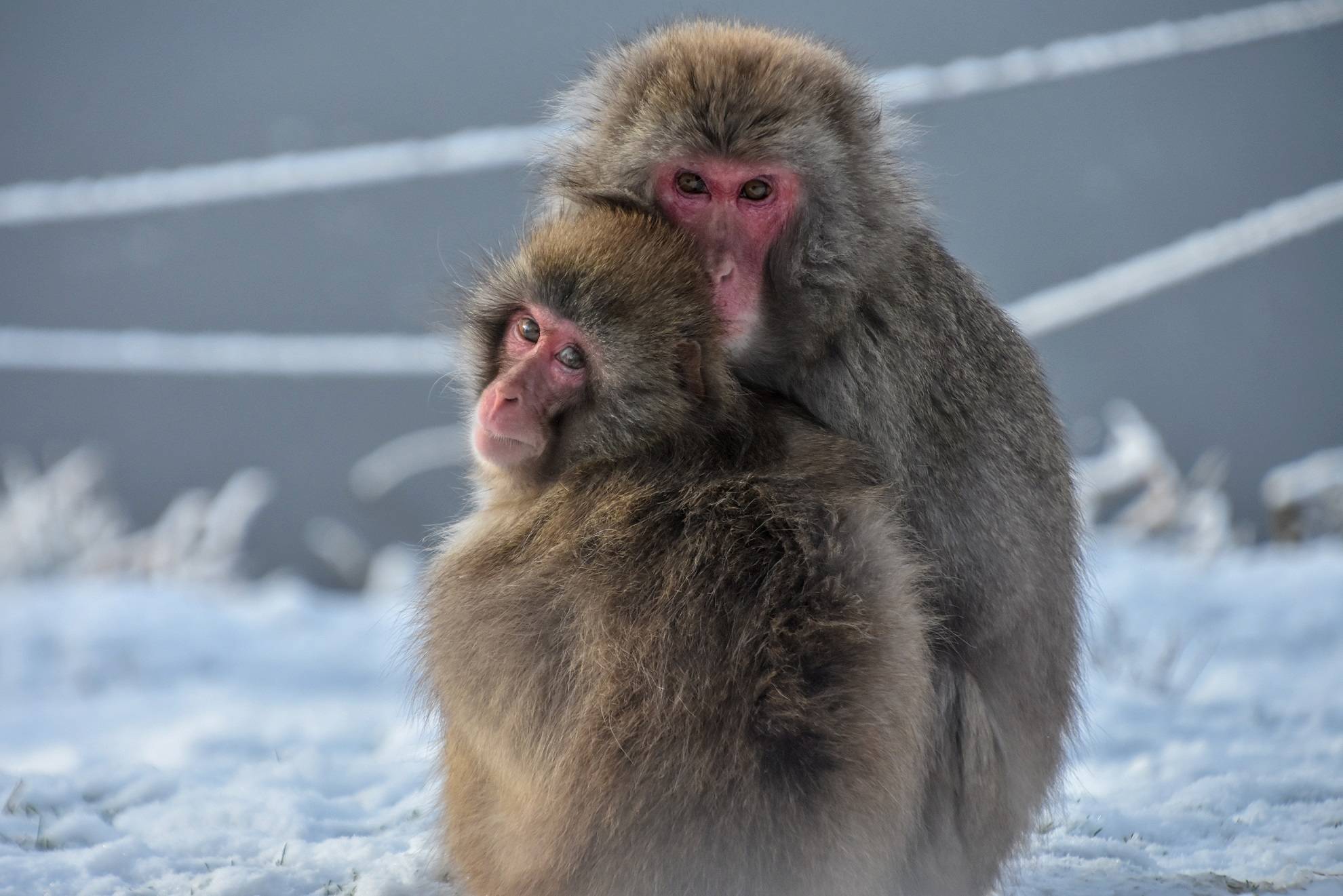Cashmere goat

We have four cashmere goats here at the park. Haggis, Badger, Stoat and Marten.
Cashmere goats are hardy animals found in mountainous regions. In particular, they live in the Himalayas and other parts of Central Asia.
Goats have a thick, double-layer coat that helps them regulate their body temperature. A soft undercoat, known as cashmere, traps warm air. A coarse outer layer protects them from the elements. They can even use specialised muscles to manipulate their coats - this allows them to adjust airflow and fine-tune their temperature.
As well as tough weather, they can handle tough ground. They are well known for their agility and ability to navigate steep, rocky terrain.
Population
Unknown
Diet
Herbivore
Habitat
Grasslands
Fact file
Cashmere is the superfine undercoat that the goat grows over winter and moults naturally in spring
These goats browse for docks, gorse and other invasive weeds, leaving clover and grasses to flourish
Cashmere goats use a 'tail flash' to alert the herd to danger
Both male and female cashmere goats can have impressive horns

How we're helping
Like all the animals in our care our goats are amazing ambassadors for their relatives in the wild and help hundreds of thousands of people connect with nature every year. They encourage visitors to learn about the threats facing wildlife and the action they can take to help create a world where nature is protected, valued and loved.
As a wildlife conservation charity, we care for the animals here at the zoo and work to protect species at risk around the world. From providing expertise in genetics and veterinary health, to protecting wild places with local conservation partners, and even restoring threatened species to the wild, we are active where we are needed most.
Find out more about RZSS conservation
